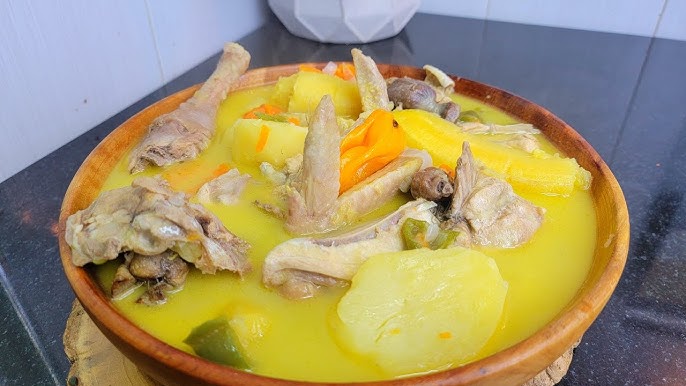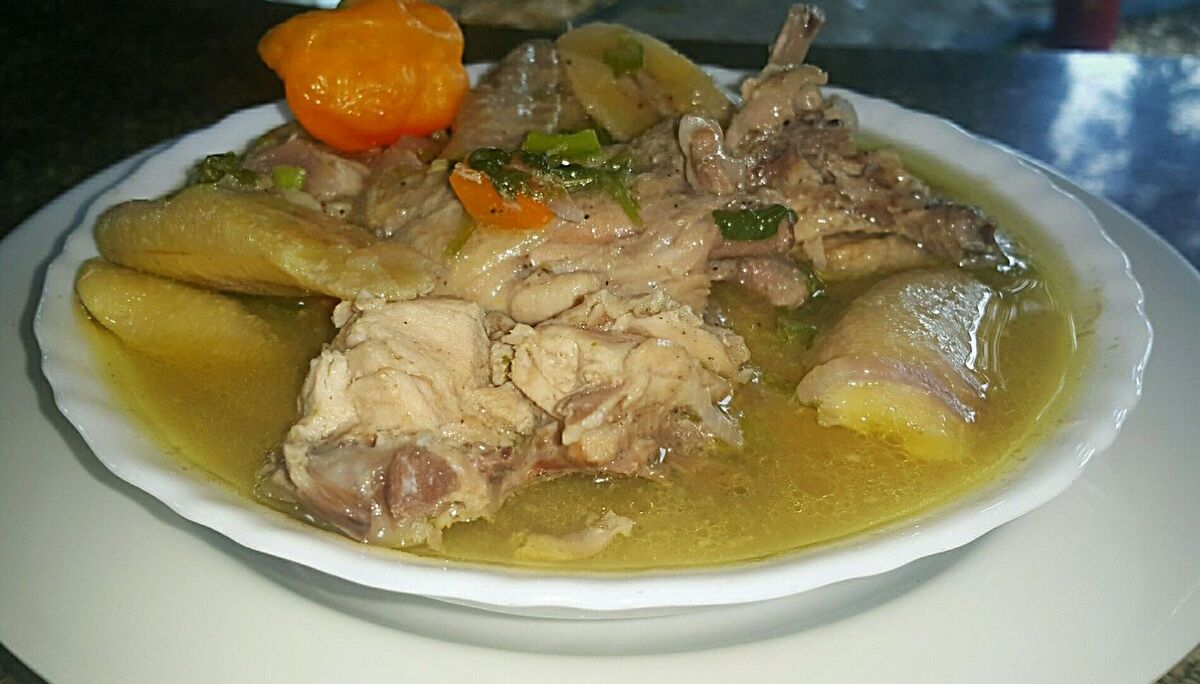Tanzania Foods: 18 Delicious Dishes from East Africa
Tanzania foods offer a vibrant tapestry of flavors, cultures, and traditions. This East African country has a rich food culture. It shows the influences of different ethnic groups, like the Bantu, Arabs, and Indians.
Tanzanian cuisine is far from bland, contrary to the misconception that East African food is typically poor. Tanzania has fertile soil, regular rain, and plenty of sunshine. This creates a wide range of ingredients. As a result, the country has a delicious and diverse food scene.
With over 125 tribes contributing to the culinary landscape, each region offers its own unique traditions and flavors. This diversity is a testament to Tanzania’s rich cultural mosaic. From the coastal influences of Arabic spices to the inland staples of maize and cassava, the variety is immense.
Despite these regional differences, some dishes have become beloved across the nation, uniting Tanzanians from all walks of life. This blend of flavors and traditions creates a national cuisine that is as diverse as it is delicious.

whay are the main ingredients and preperation methods used in traditional Tanzania cuisine?
Fruits and Vegetables: Tanzania foods are characterized by an abundance of fresh fruits and vegetables. Commonly found vegetables in Tanzanian dishes include beans, spinach, okra, and cassava leaves. Common fruits include watermelon, mangos, oranges, bananas, and pineapple.
An intriguing aspect of Tanzanian cuisine is the variety of plantains available—boasting at least 17 distinct types. These versatile fruits often find their way into crispy chips or are incorporated into stews and soups, adding both texture and flavor to traditional dishes.
Meat: With a significant livestock population, Tanzania has a strong tradition of incorporating meat into its regional dishes. Chicken, beef, and goat are popular meat choices, each adding unique flavors to Tanzania foods.
In regions like Arusha, tribal traditions influence the dining experience, with meat often taking center stage. Generous portions satisfy hearty appetites, while other areas might feature smaller meat servings, reflecting local culinary preferences and cultural practices.
Traditional Cooking Methods: Preparing food in Tanzania is a labor of love that requires patience and time. Traditional dishes, often cooked in large portions for communal dining, demand a lengthy preparation process. Cooking over wood or charcoal fires not only imparts a unique smoky flavor but also necessitates a slower cooking pace, with meals often taking several hours to prepare.
In Tanzanian kitchens, where ovens are rare, techniques such as boiling, grilling, and frying with vegetable oil are prevalent. These methods are executed over open fires, showcasing the resourcefulness of Tanzanian cooks. Boiling is a common technique for vegetables and cereals, allowing natural flavors to shine, while dishes like rice and ugali are boiled to perfection.
Indian Cuisine Influence: Indian cuisine has influenced Tanzanian food, dating back to the 19th century when Indian traders settled in the region. This cultural exchange introduced Tanzanian cuisine to a variety of spices, cooking techniques, and flavors.
The Role of Charcoal Fire: The use of charcoal fire is pivotal in Tanzanian cooking, preserving original flavors and retaining texture and nutritional value. This method imbues dishes with distinct smokiness, ensuring meats like chicken or duck, as well as an array of vegetables, bananas, and cabbages, are cooked to tender perfection over open flames. This creates a symphony of flavors that embody the essence of Tanzanian cuisine.
What Is a Typical Tanzanian Meal Like, and What Is the Dining Etiquette?
Dining with Respect
The use of the right hand is a key aspect of Tanzanian dining customs. Regardless of whether you’re naturally left-handed, the right hand is to be used for eating, as it is considered the clean hand in social contexts.
The Culinary Spread
Meals are usually presented on a large communal platter. At the center of this assortment, you’ll often find a mound of rice, shaped into a hill, surrounded by a variety of flavorful dishes. This setup encourages a shared dining experience, where everyone partakes from the spread.
Salads might come on a single plate, promoting easy sharing and enhancing the sense of community around the table. The tableware is generally modest, emphasizing the food and camaraderie rather than elaborate presentation.
Authentic Dining Experience
For those seeking authenticity, meals may be served on mats on the ground. You might find symbolic elements like bananas, leaves, and coconuts arranged around the setting. During larger gatherings, bridge tables might appear, equipped with large soup plates and smaller cups for serving main courses and soups.
An Embodied Experience
Utensils are not a primary part of the Tanzanian dining tradition. Eating with hands is not only customary but is also believed to enrich the sensory experience, allowing diners to savor the meal truly. This practice is vital to Tanzanian hospitality and showcases the country’s rich culinary culture.
Popular Drinks and Beverages in Tanzania
In Tanzania, beverages are a vital part of the everyday social and cultural landscape. Two popular categories dominate: the cherished teas and the distinctive local alcoholic concoctions.
Chai (Tea):Tea is deeply woven into Tanzanian daily life. Revered for its comforting nature and simplicity, chai is enjoyed multiple times throughout the day. It is more than just a drink; it’s often a companion to meals and social interactions, providing warmth and community in every cup.
Local Alcoholic Drinks: Tanzania’s diverse landscape also gives rise to unique alcoholic beverages. A standout is mbege, originating from the Kilimanjaro region. This traditional drink is crafted from fermented bananas, resulting in a refreshing taste that reflects the country’s rich culinary traditions. Mbege’s connection to Tanzania’s heritage makes it prominently featured at social gatherings and celebrations.
Thus, whether you’re sipping chai or experiencing the distinctive taste of mbege, Tanzania offers a delightful spectrum of beverages that mirror its vibrant culture and traditions.
Desserts in Tanzanian Culinary Culture
In Tanzanian culinary culture, desserts, particularly cakes, hold a special place as a symbol of celebration and indulgence. These sweet treats are essential in marking significant life events and milestones. Whether it’s a birthday, wedding, or another festive occasion, cakes serve as the centerpiece of the celebration, bringing people together to enjoy both the event and the treat.
While many cities across Tanzania offer a variety of dessert options, cakes stand out due to their luxurious nature. Their pricing often reflects their premium status, making them a sought-after delicacy. Tanzanians savor these desserts not just for their flavors, but for the joy and communal experience they provide.
Desserts in Tanzania are more than just a food item; they represent a cultural staple that intertwines with the country’s social traditions and celebrations. These sweet confections, while sometimes viewed as a luxury item, are an integral part of how Tanzanians enjoy and honor special moments.
What Are Common Breakfast Foods in Tanzania?
Tanzanian breakfasts offer a delightful range of dishes, both savory and sweet, perfect for starting the day. Here’s a look at some popular morning meals: Chapati, Mandazi, Vitumbua, and Samosas.
In Tanzania, these dishes are often accompanied by a refreshing cup of tea, known locally as “chai.” The combination of these foods and chai not only satisfies the palate but also provide an authentic taste of Tanzanian culture.
What Does a Typical Tanzanian Lunch Consist Of?
Lunchtime in Tanzania is a significant affair, typically enjoyed around 1:00 PM, featuring a variety of flavors and textures that highlight the country’s culinary richness.
At the center of this meal are staple foods like ugali and rice, which provide a hearty foundation. These grains are complemented by nutritious beans, offering essential protein and a robust taste.
Vegetables are crucial in a Tanzanian lunch, adding both flavor and nutritional value. A common favorite is mchicha, a spinach-like green that brings a pop of color and earthy notes to the table.
To round out this flavorful spread, chapati, a type of flatbread, is often included. It serves as a comforting addition, perfect for dipping into savory stews or simply enjoying alongside the main dishes.
This harmonious blend of staples, proteins, and fresh produce creates a satisfying and well-balanced lunch that is both wholesome and inviting.
What Does a Typical Tanzanian Lunch Consist Of?
Tanzania foods offer a unique blend of flavors and ingredients that capture the essence of this beautiful country. From aromatic spices to fresh seafood, there is something to suit every palate in this East African gem. So, whether you are indulging in a culinary safari through local markets or dining by the beach with a view of the crystal-clear waters, the vibrant and delicious Tanzania foods is sure to leave a lasting impression on your taste buds.
Dinner in Tanzania
As the day transitions to evening, Tanzanian dinners provide a comforting and familiar continuation of your culinary journey. These meals typically highlight staple dishes like ugali—a dense, porridge-like dish made from maize flour—or rice, often served with a variety of sides such as beans, vegetables, and the ever-popular chapati bread.
While dinner shares similarities with lunch, you might find the occasional addition of a meat piece, adding richness and extra protein to the meal. However, dinner tends to focus on simplicity and nourishment rather than extravagance.
In keeping with Tanzanian dining traditions, dessert is not a usual affair. Instead, the meal is gracefully completed with the refreshing sweetness of fresh fruit, served alongside the main course to deliver a satisfying and wholesome conclusion to your day’s culinary exploration.
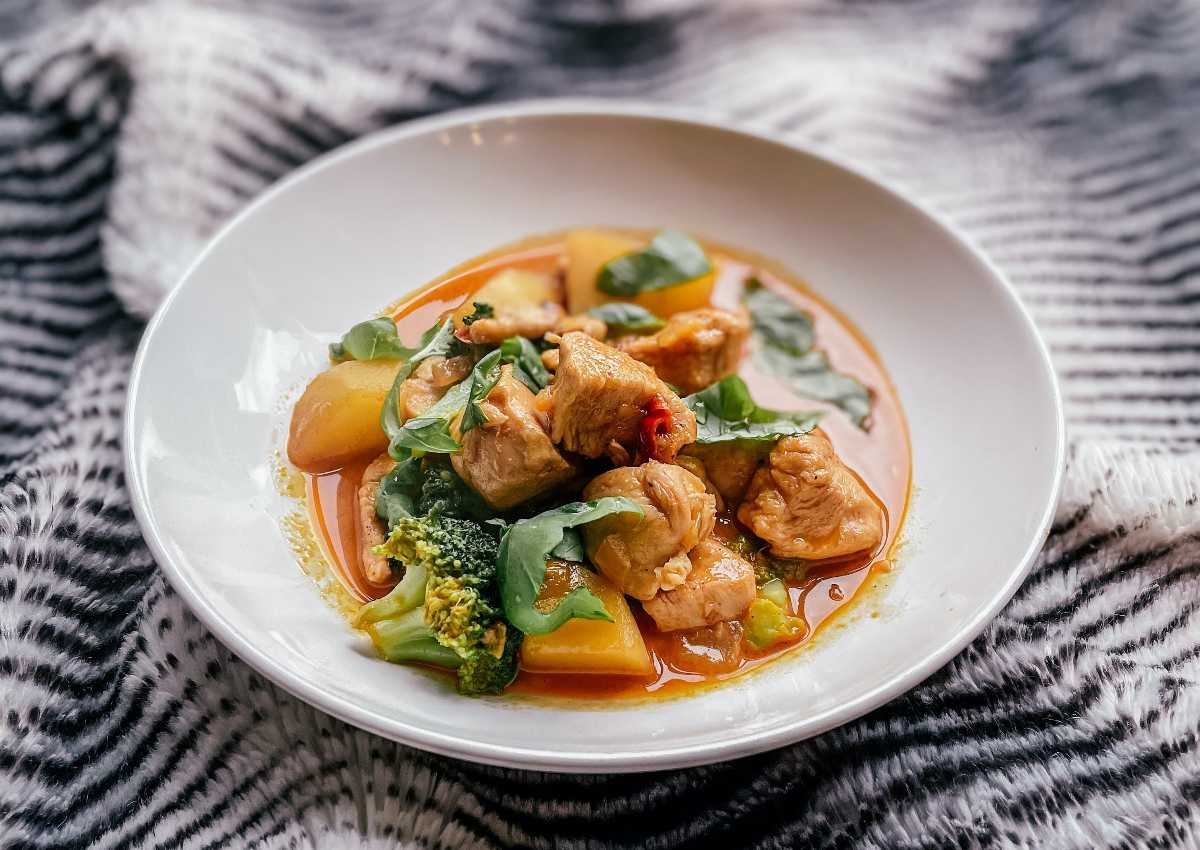
Taste the Vibrant Flavors of Tanzania Foods
When visiting Tanzania, there are several must-try dishes that showcase the country’s rich culinary heritage. One such dish is vitumbua, small coconut cakes that are fried until crispy on the outside and soft on the inside. These sweet treats are perfect for breakfast or as a snack throughout the day.
1.Ugali Maharage
Ugali, the national meal of Tanzania, is a staple that holds a special place in the hearts of Tanzanians. This simple yet hearty dish consists of a mixture of hot water and flour, often maize, which creates a firm consistency perfect for pairing with a variety of flavorful accompaniments. Whether enjoyed with vegetables, soup, fish, or beans, ugali is a versatile dish that caters to all taste preferences.
It is not just a meal but a source of sustenance and energy for hardworking individuals across various professions. From breakfast tables to public school settings to cultural events, ugali is a beloved dish that transcends gender roles and professions, uniting Tanzanians through its comforting taste and nourishing properties.
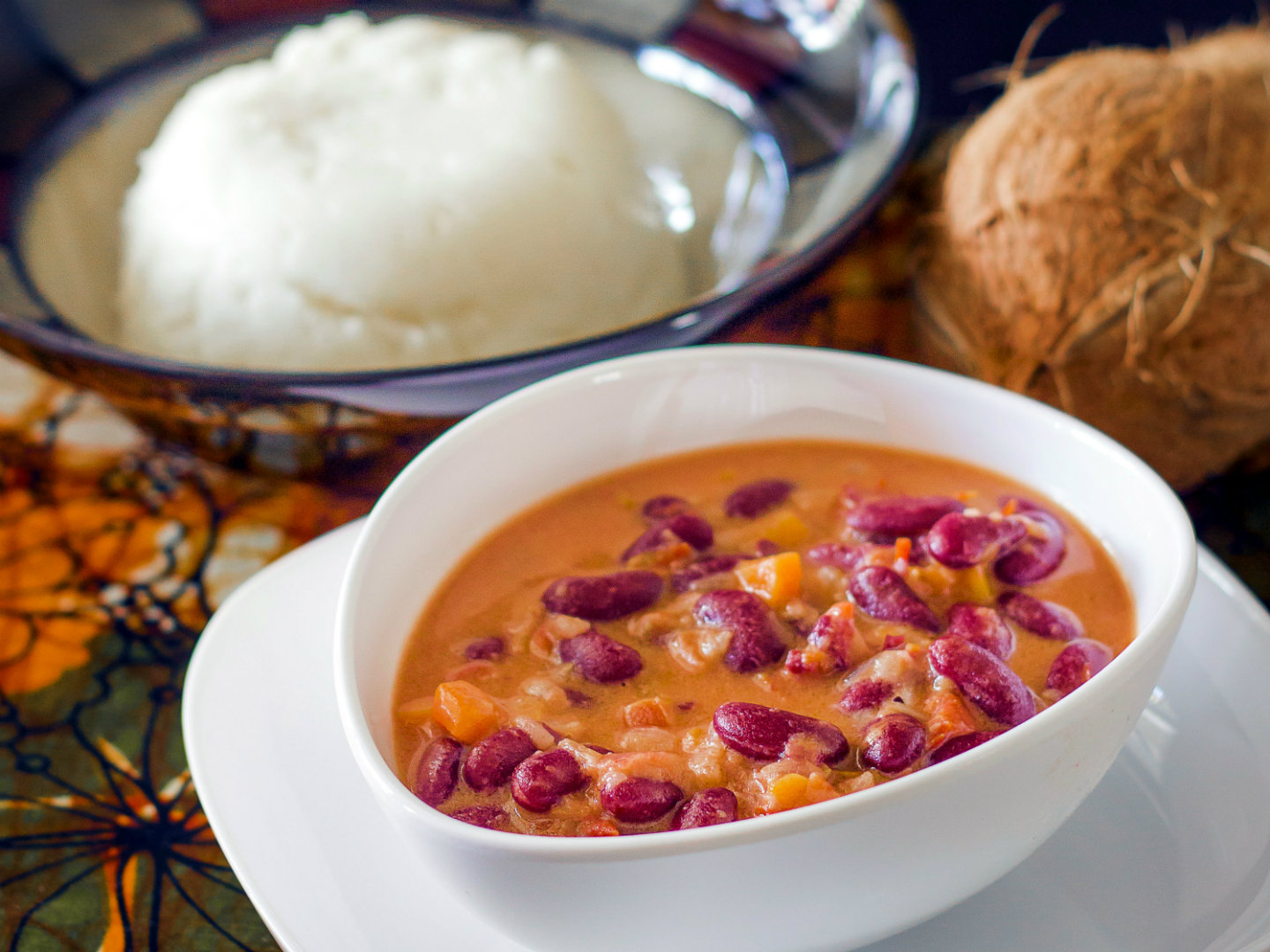
2. Pilau
Tanzanian pilau is a delightful symphony of spices that creates a rich flavor profile and aromatic experience. The signature pilau masala blend, featuring black peppercorns, cloves, cumin, cardamom, and cinnamon, makes this dish a culinary icon in Tanzania. Pilau is celebrated for its versatility, whether paired with vegetables or various meats like chicken, beef, or lamb. From everyday meals to festive gatherings, pilau takes center stage on Tanzanian dining tables, offering a savory and flavorful experience that satisfies both the appetite and the soul.
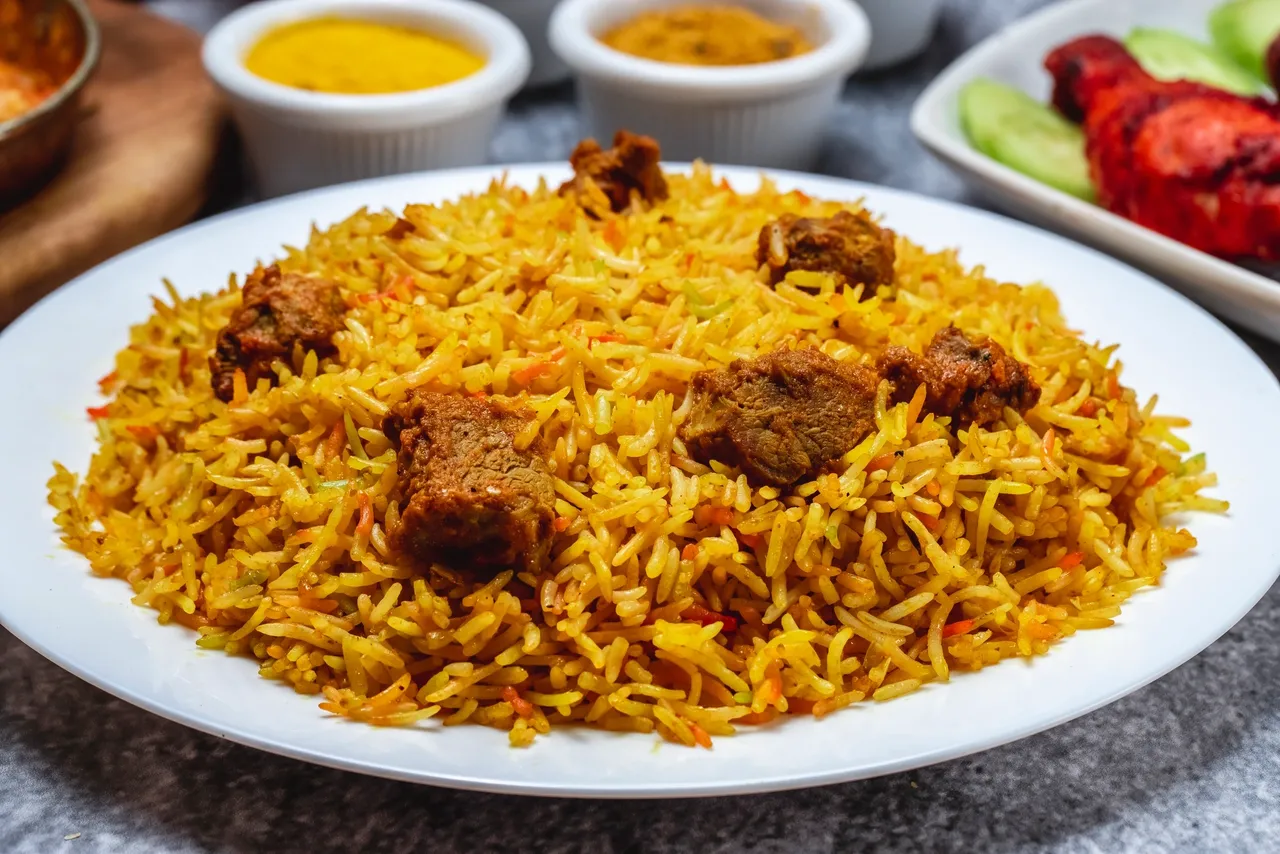
3. Chapati
Similar to Indian chapatis, Tanzanian chapatis are flatbreads with a soft yet crispy texture that makes them a delightful accompaniment to stews or a savory breakfast option. Fresh Tanzanian chapatis are loved for their versatility and can be enjoyed at any time of the day, providing a delicious pairing to a range of dishes.
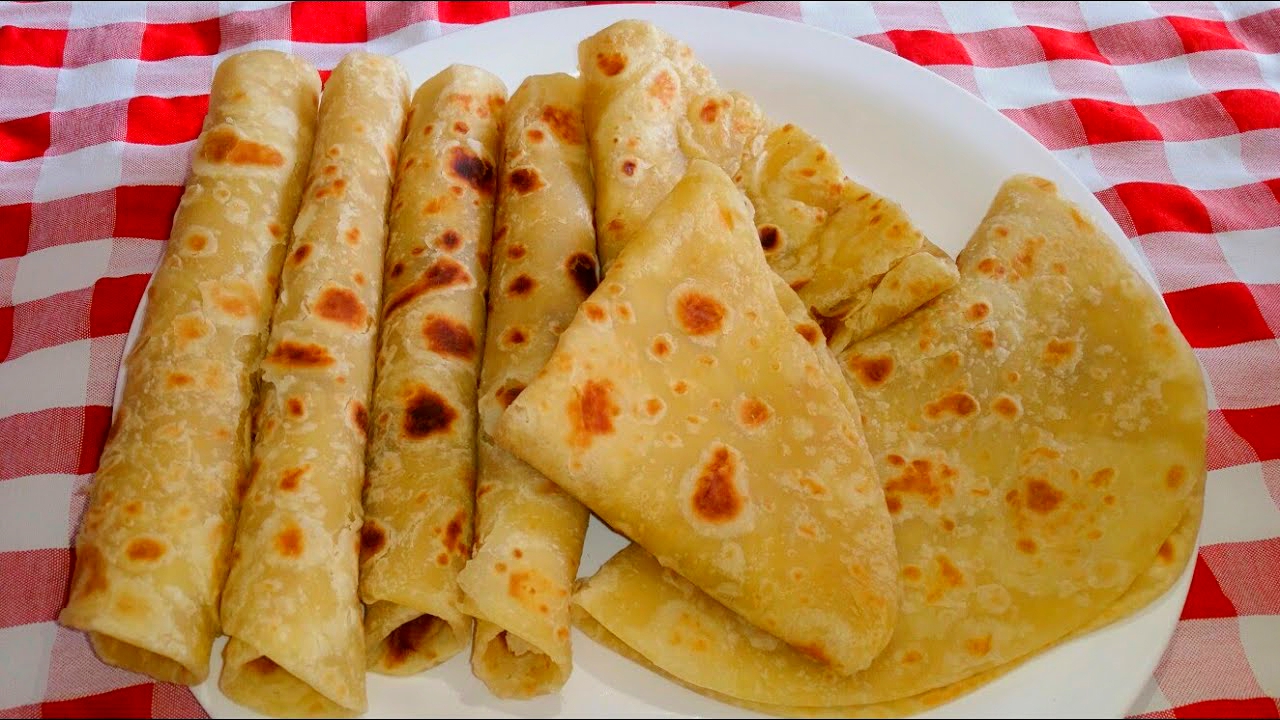
4. Maandazi:
Mandazi are popular snacks enjoyed throughout the day, especially popular as a breakfast option paired with tea or oatmeal. These delightful snacks are made from a simple dough combining eggs, sugar, wheat flour, and milk, deep-fried to crispy perfection.

5. Vitumbua
Vitumbua, resembling fried rice cakes, are a popular Tanzanian treat fried over open flames or charcoal stoves, creating a crispy exterior and a warm, gooey interior. These ‘kitumbua’ balls are a delightful snack enjoyed by many, highlighting the unique culinary offerings present in Tanzanian cuisine.

6. Makande
Makande, a traditional Tanzanian dish, combines beans and corn in a hearty stew that is a popular choice among locals, especially during the maize harvest season. Resembling a bean chili or thick soup, makande offers a satisfying meal option for vegans and those seeking a comforting and nutritious dish.

7.Nyama Choma
Nyama choma, meaning “barbecued meat” in Swahili, is a beloved Tanzanian dish featuring lightly seasoned roasted meat. While goat is the traditional choice, beef or chicken can also be used. The meat is grilled to perfection, resulting in tender and flavorful bites that pair beautifully with a side of rice or ugali. Nyama choma is a staple at social gatherings and celebrations, showcasing Tanzania’s love for grilled delicacies.
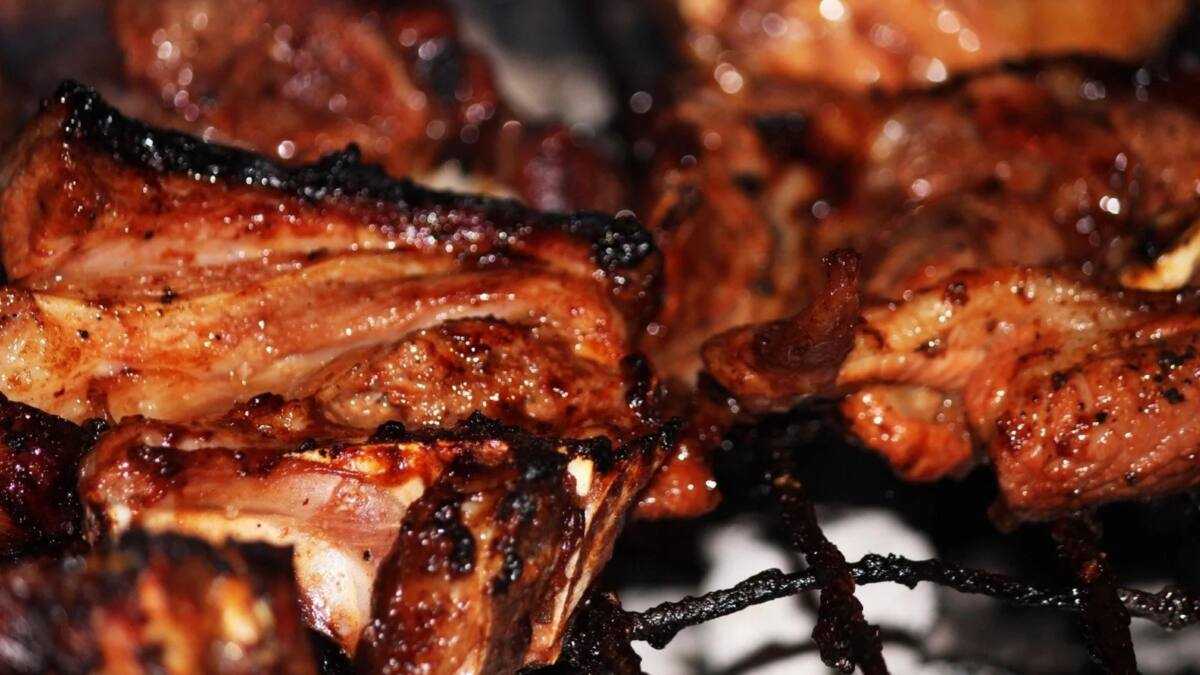
8.chipsi mayai
For a quick and satisfying meal in Tanzania, look no further than chipsi mayai, an omelette made with eggs and crispy fries. This popular street food is a favorite among locals and tourists alike, offering a delicious blend of textures and flavors. Served hot and fresh, chips mayai is perfect for a light lunch or a late-night snack. Drizzle some ketchup over this delectable dish and experience a true taste of Tanzanian comfort food.

9.Chips Kuku
If you prefer poultry over red meat, chips kuku is the ideal choice for a hearty and fulfilling meal. This fast-food favorite features tender barbecued chicken served with thick-cut fries and a side of tangy cabbage salad. The combination of juicy chicken and crispy fries is a match made in culinary heaven, offering a satisfying and flavorful dining experience. Chips kuku is readily available across Tanzania, making it a convenient option for a quick and tasty meal.

10.Octopus Coconut Curry
Tanzania’s coastal regions cuisine shines with dishes like octopus coconut curry, known as “pweza wa nazi.” This sumptuous curry showcases the flavors of the sea, featuring tender octopus cooked in a rich coconut-based sauce. The dish is a testament to Tanzania’s culinary creativity, offering a unique blend of spices and textures.
Beyond its delightful taste, the preparation of octopus in Tanzanian cuisine is a fascinating blend of tradition and technique. Traditionally, fishermen tenderized octopus by gently beating it on the beach, a method that softens the meat and prepares it for cooking. Today, culinary experts often pre-boil the octopus, ensuring it achieves optimal tenderness and fully absorbs the curry’s flavors as it simmers.
While octopus is the star of “pweza wa nazi,” the dish’s versatility allows for other locally sourced seafood to be used, offering a similarly delightful experience. This adaptability reflects the abundance of fresh seafood along Tanzania’s coast, making each preparation a unique culinary adventure.
Indulging in an octopus dish like “pweza wa nazi” is not just a meal—it’s an exploration of Tanzania’s rich coastal bounty and its vibrant culinary traditions.
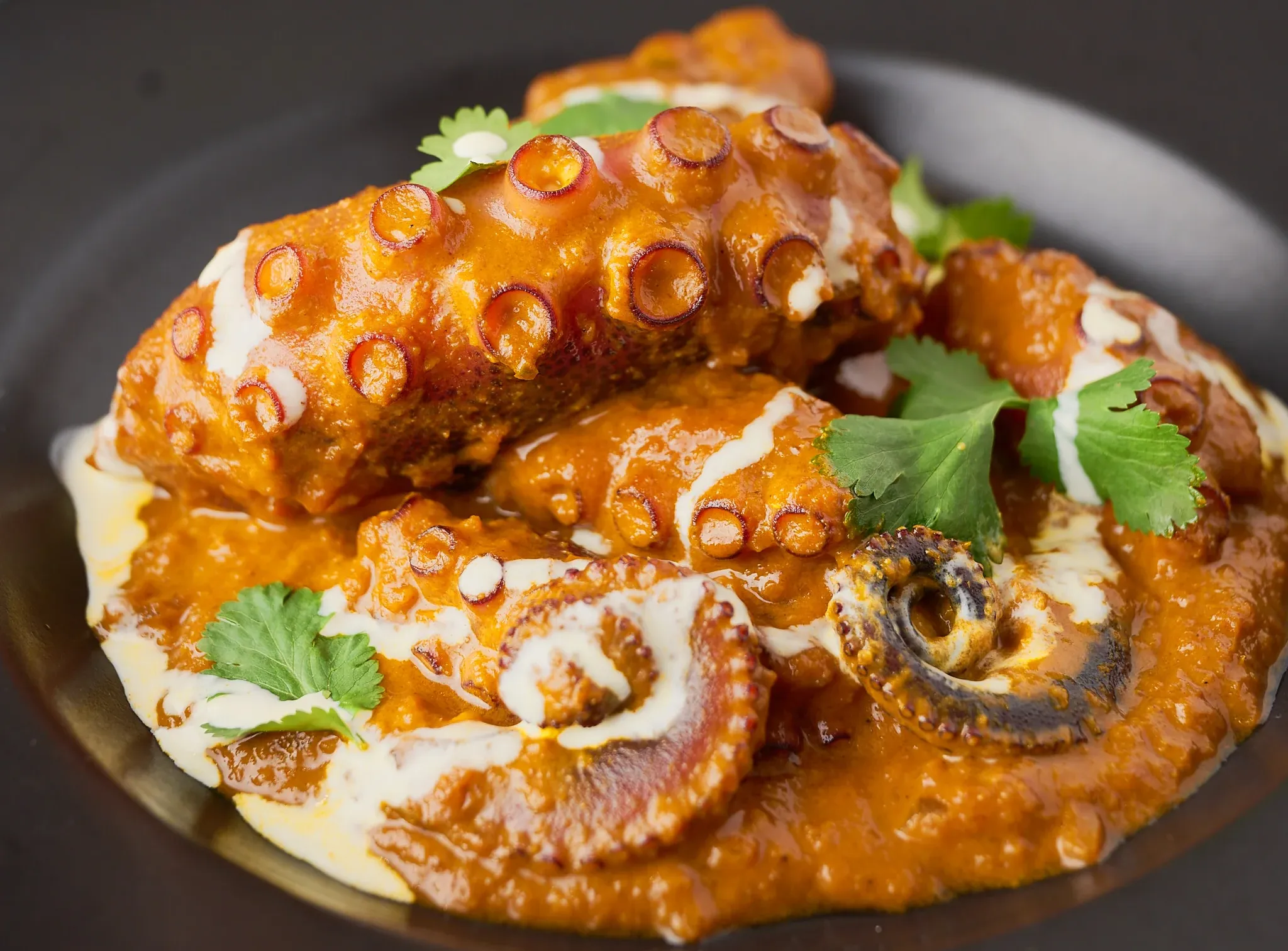
11.Mishkaki
Mishkaki, a flavorful skewered beef dish marinated with ginger, lemon, and hot peppers. Often paired with roasted potatoes or fried cassava, mishkaki is a favorite snack enjoyed by all age groups. Street food vendors grill these savory skewers along the roadside, creating a tantalizing aroma that draws in hungry diners looking for a quick and delicious meal.
Beyond just a snack, mishkaki offers a cultural experience that resonates deeply with Tanzanians. As the sun sets, the streets come alive with the sizzling sounds and enticing scents of mishkaki being expertly grilled over charcoal. This beloved delicacy isn’t limited to street corners; it finds its way into bustling bars, vibrant music venues, and local stores, making it a versatile culinary staple.
In addition to the classic pairings, mishkaki is often enjoyed alongside the delectable sweetness of roasted or smoked plantains. When paired with a refreshing beer or a glass of wine, mishkaki elevates any gathering into a celebration of traditional Tanzanian flavors, bringing people together in a shared appreciation for this iconic dish.”
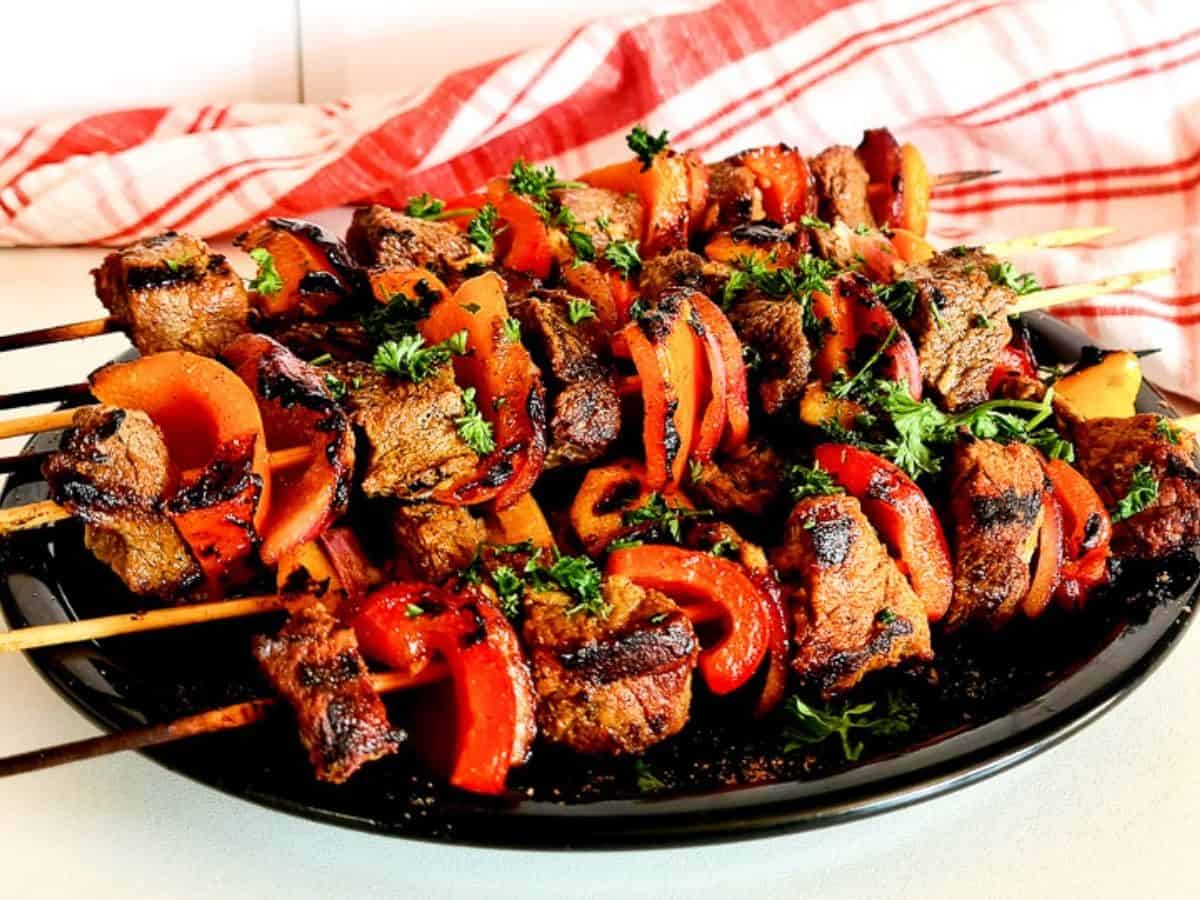
12.Mchemsho
Mchemsho, meaning “boiled” in Swahili, encompasses a variety of boiled dishes featuring ingredients like meat, chicken, fish, and vegetables. With a medley of spices and vegetables, Mchemsho offers a comforting and hearty meal that can be enjoyed any time of the day. This dish reflects the diverse flavors and ingredients found in Tanzanian cuisine.
13.Wali Na Maharage
Wali Na Maharage is a classic rice dish and beans commonly served during special occasions and gatherings. Traditionally prepared by cooking the beans and rice together, modern versions often feature seasoned beans paired with spiced rice. This hearty and flavorful dish is enjoyed with a spoon, showcasing the simplicity and richness of Tanzanian flavors.
Renowned for its versatility and cultural significance, Wali Na Maharage is a cherished staple on Tanzanian tables. It takes center stage at a variety of events, from weddings and religious festivals to funerals and holiday celebrations, reflecting its deep-rooted place in the community.
Preparation and Ingredients
The dish is crafted with meticulous care. Traditionally, the beans and rice are cooked separately before being united, allowing each component to retain its distinct texture. While classic recipes keep seasonings simple—using just salt, oil, and coconut—modern variations embrace a wider array of flavors.
For the bean mixture, you’ll need:
- Carrots
- Onions
- Tomatoes
- Oil
- Green peppers
- An assortment of seasonings
These ingredients combine to create a rich, aromatic base that complements the rice perfectly.

14.Mchuzi wa Samaki
A popular stew in Tanzania, Mchuzi wa Samaki features different types of fish depending on the region. From kambale fish in the north to Nile perch and tilapia in the Lake Zone, this flavorful stew showcases the abundance of fresh seafood available in Tanzania. Combined with aromatic spices, coconut milk and vegetables, Mchuzi wa Samaki is a delightful culinary experience.
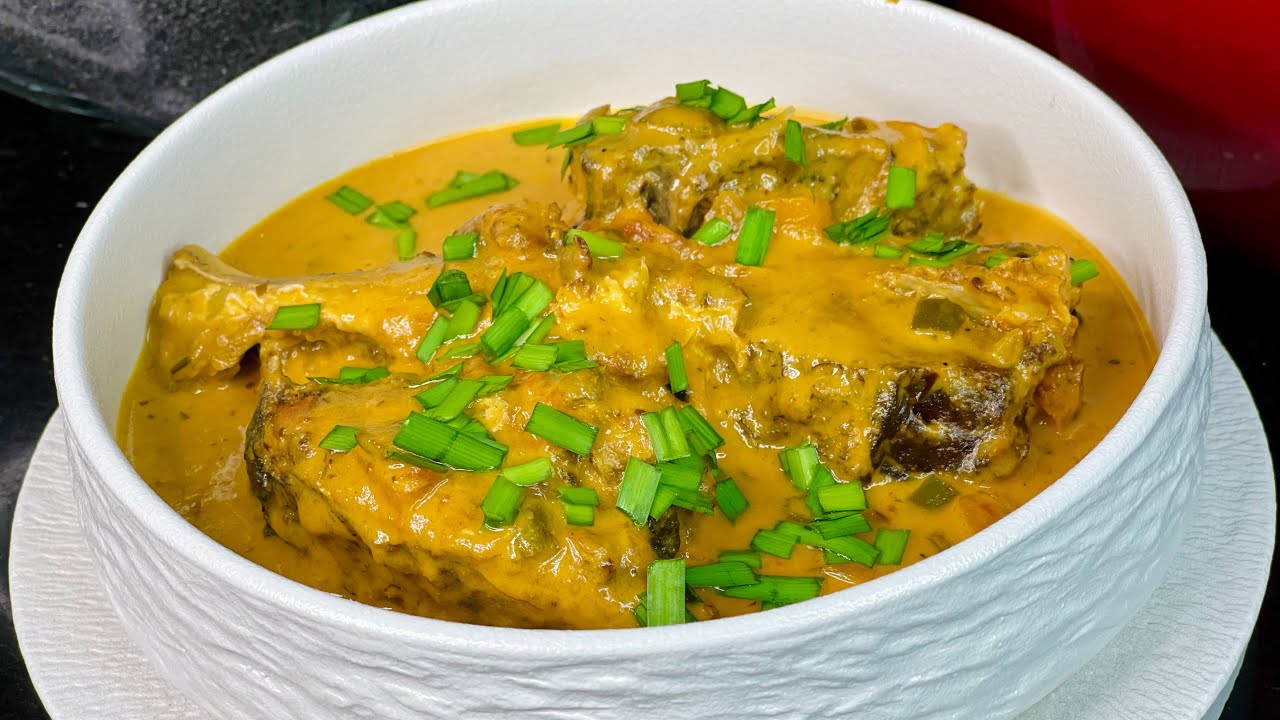
15.Kuku wa Mchuzi
Kuku wa Mchuzi is a beloved Tanzanian dish featuring chicken cooked in a rich tomato and vegetable sauce. Served with ugali or rice, this flavorful dish captures the essence of Tanzanian spices and ingredients. Whether enjoyed for lunch or dinner, Kuku wa Mchuzi offers a satisfying and comforting meal that highlights the culinary diversity of Tanzania.
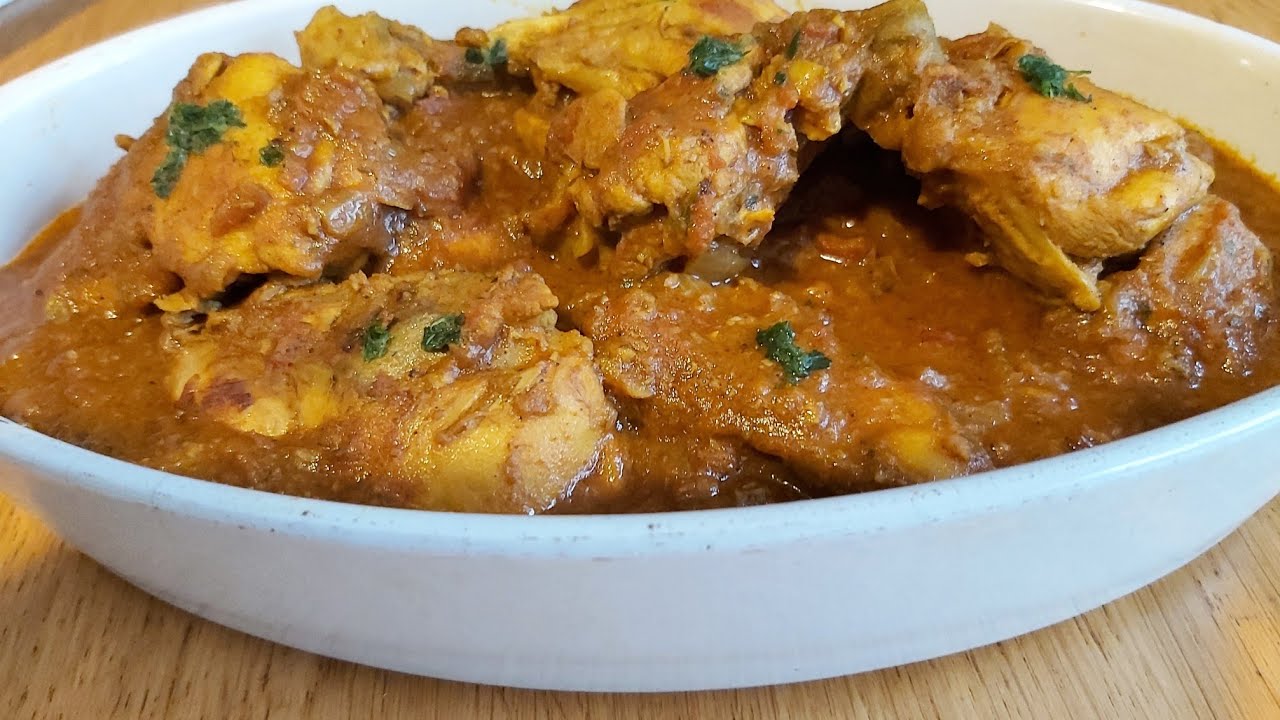
16.Fruit Salad – A Refreshing Tanzanian Delight
One of the most popular and healthy snacks in Tanzania is the fruit salad. While it may sound like a typical dish, Tanzanians add a unique twist by including carrots and cucumbers along with fresh papaya, banana, and pineapple. This combination of sweet and crunchy elements gives the fruit salad a distinct Tanzanian flavor that is both refreshing and satisfying. Whether you enjoy it as a light snack or a side dish, Tanzania’s fruit salad is a must-try for all food enthusiasts.
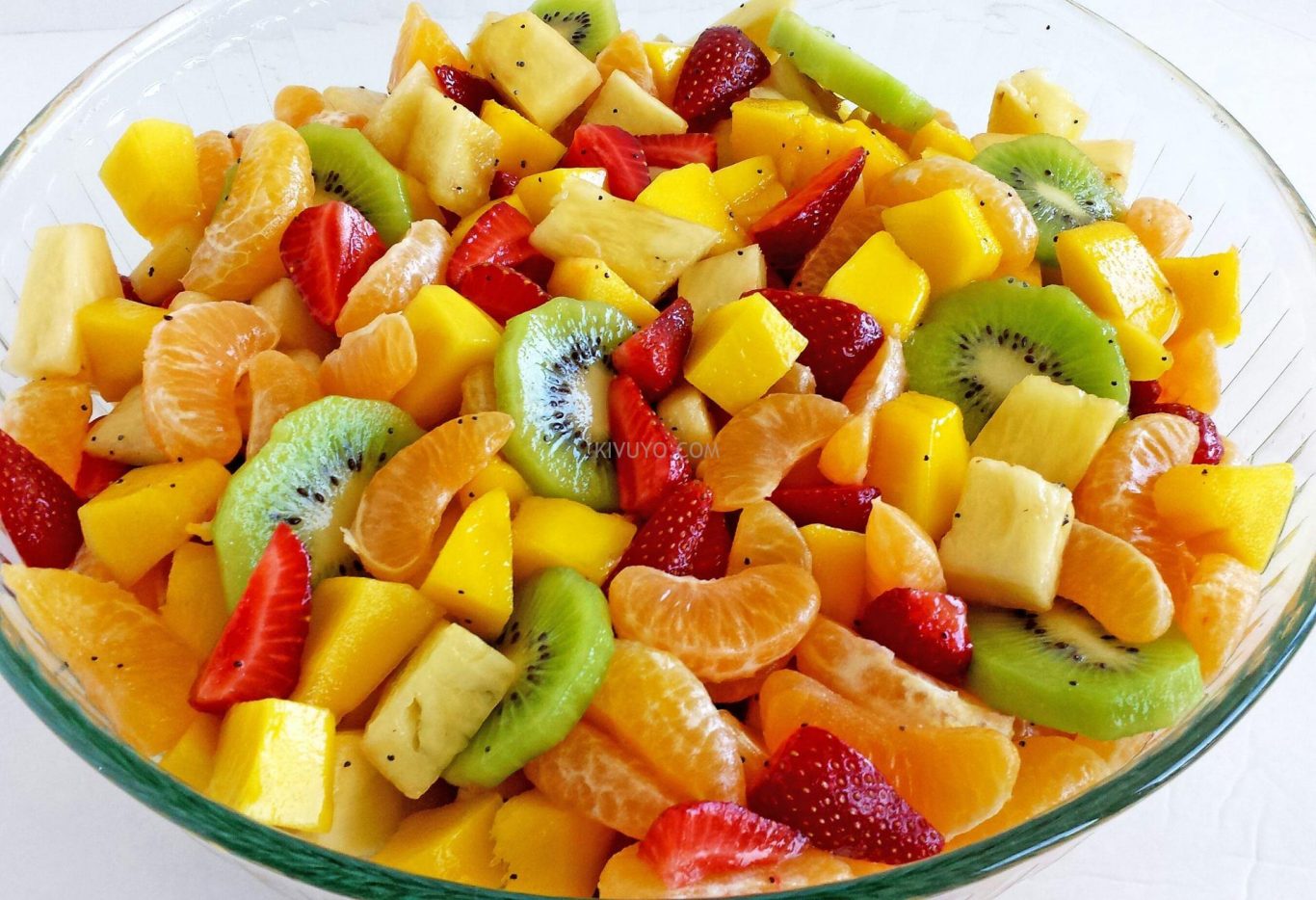
17.Mboga Majani – The Green Side Dish
Mboga Majani, which translates to ‘greens’, is a common side dish throughout Tanzania. Varieties like spinach, kale, collards, and watercress are used to create this simple yet nutritious accompaniment. Whether paired with the staple dish Ugali or added to other main courses, Mboga Majani offers a burst of freshness and flavor to every meal. This green delight is not only healthy but also a true representation of Tanzanian culinary traditions.
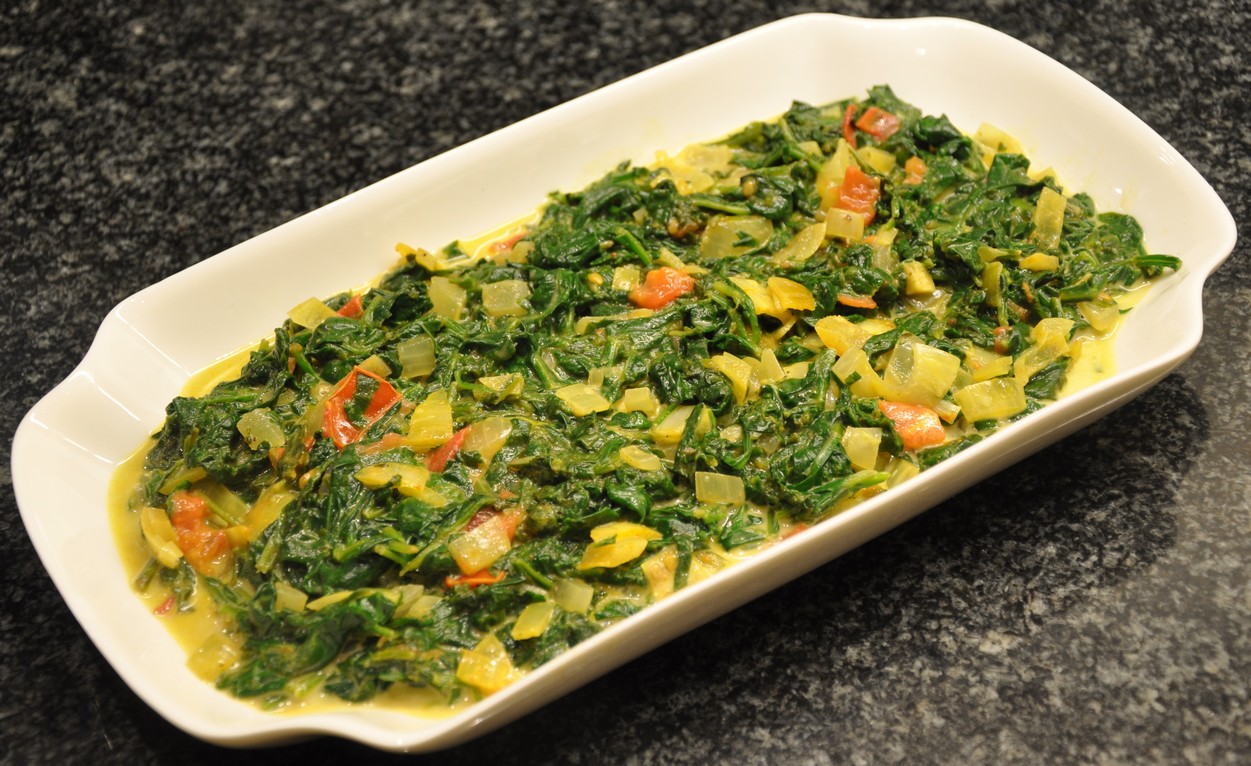
18.Kachumbari – A Tangy Tanzanian Salad
Kachumbari is a classic Tanzanian salad that complements a wide range of dishes. Made with tomatoes,onions, and cucumbers, this salad bears a striking resemblance to a Greek salad minus the feta cheese. What sets Tanzanian Kachumbari apart is the thin slicing of vegetables, showcasing the chef’s precision and knife skills.
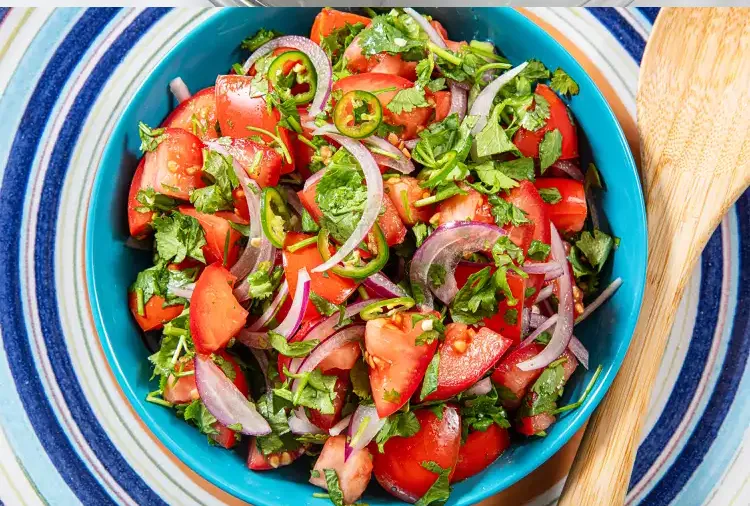
How much does food cost in tanzania
Foods in Tanzania are generally very affordable for visitors, making it a great destination for those looking to experience delicious cuisine without breaking the bank. The country offers a wide range of dining options, from local eateries serving authentic Tanzanian dishes to high-end restaurants catering to tourists
For budget-conscious travelers, there are plenty of affordable dining options available in Tanzania. Tanzanian street food stalls and local markets have many tasty and cheap dishes. You can find samosas, grilled meats, and fresh fruits. These options allow visitors to get a taste of Tanzanian cuisine without spending a lot of money.
For those looking for a mid-range dining experience, Tanzania has a variety of restaurants that offer a balance between quality and affordability. High-end dining options are also available in Tanzania, particularly in tourist areas and upscale hotels. These restaurants often feature talented chefs who create innovative dishes using fresh, local ingredients.
It’s worth noting that if you are staying at a tourist hotel or lodge in Tanzania, meals may be included in your accommodation package. These establishments often offer five-star quality meals as part of their all-inclusive stays, allowing guests to enjoy delicious food without any additional cost
Tanzania foods Tours
Experience a culinary adventure like never before by booking a Tanzania safari with a focus on Tanzania foods. Immerse yourself in Tanzania’s vibrant and diverse flavors by allowing a local guide to lead you through the bustling markets, hidden gems, and renowned restaurants showcasing the best of Tanzanian cuisine.
Tanzania foods offer a unique blend of flavors and ingredients that capture the essence of this beautiful country, From aromatic spices to fresh seafood, there is something to suit every palate in this East African gem.
So, whether you are indulging in a culinary safari through local markets or dining by the beach with a view of the crystal-clear waters, the vibrant and delicious Tanzania foods is sure to leave a lasting impression on your taste buds. Discover more about Tanzania
Experience a culinary adventure like never before by booking a Tanzania safari with a focus on food tours. Immerse yourself in Tanzania’s vibrant and diverse flavors by allowing a local guide to lead you through the bustling markets, hidden gems, and renowned restaurants showcasing the best of Tanzanian cuisine.
Tanzania foods offer a unique blend of flavors and ingredients that capture the essence of this beautiful country, From aromatic spices to fresh seafood, there is something to suit every palate in this East African gem.
So, whether you are indulging in a culinary safari through local markets or dining by the beach with a view of the crystal-clear waters, the vibrant and delicious Tanzania foods is sure to leave a lasting impression on your taste buds. Discover more about Tanzania

